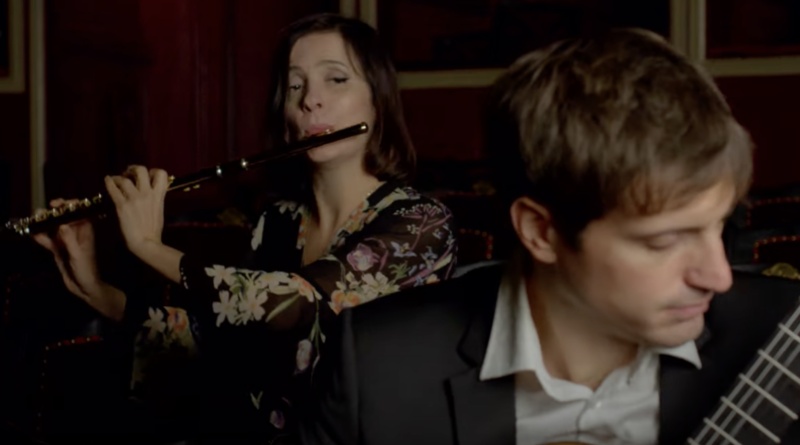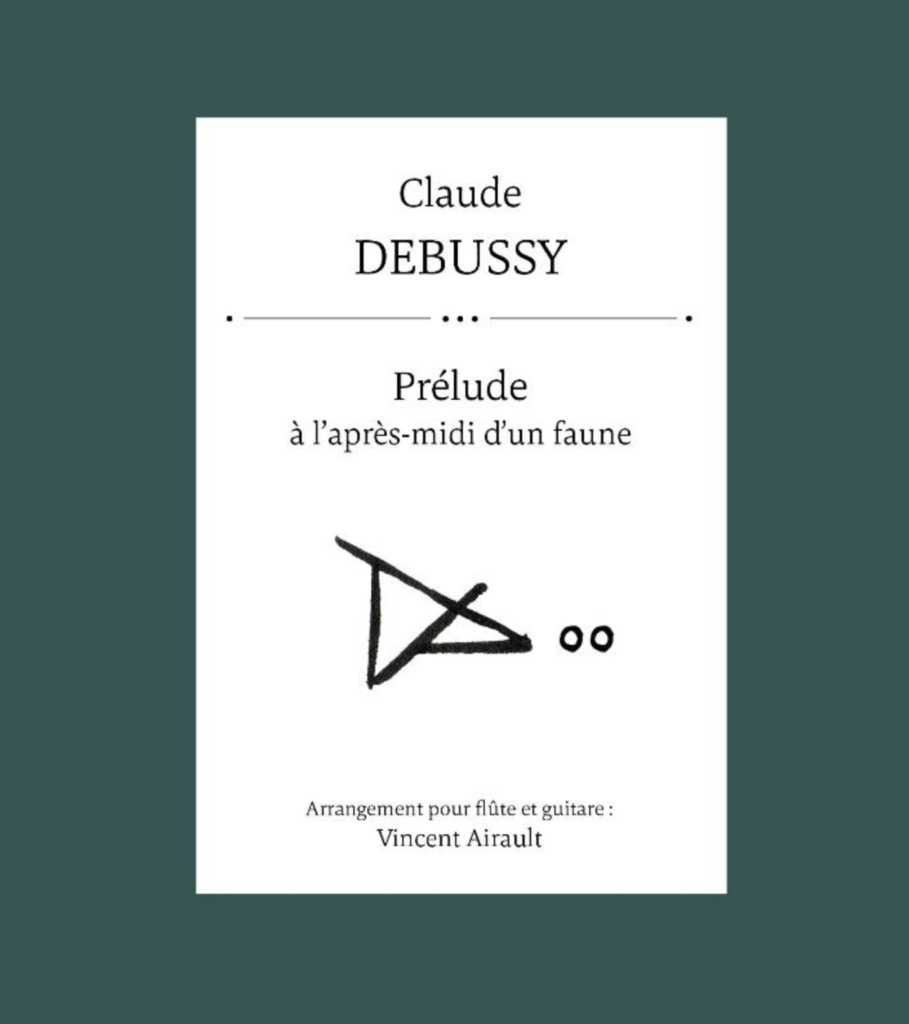Afternoon of a Faun: NEW Arrangement for Flute and Guitar
Claude Debussy composed his Prélude à l’Après-midi d’un faune between 1892 and 1894. This symphonic poem for orchestra premiered on December 22, 1894, in Paris by the Société Nationale de Musique (SNM), conducted by Gustave Doret. The SNM orchestra was founded in 1871 by French composer Camille Saint-Saëns and Romain Bussine to promote French music and composers.
Dedicated to Raymond Bonheur, the piece was an immediate success and became a quintessential example of Impressionism in music. Maurice Ravel described it as "a unique miracle in all music."
A magnificent flute solo within the orchestra was performed by the renowned Georges Barrère, a French flutist who later moved to the United States. Barrère held the position of solo flutist with the New York Symphony Orchestra (later the New York Philharmonic) and was the dedicatee of major flute pieces such as Densité 21.5 by Edgar Varèse, composed for the premiere of his platinum flute, Paul Hindemith’s Flute Sonata, and works by André Caplet.
Debussy’s masterpiece was first transcribed by Debussy himself for two pianos. Maurice Ravel created an arrangement for piano four hands, and Gustave Samazeuilh arranged for the flute and piano, among others. The most recent arrangement is a version for flute and guitar by French composer and guitarist Vincent Airault, published by Edition Fougeray.
In his foreword, Mr. Airault writes: "Mirrored by poetry, perhaps even by the sound of the guitar, Claude Debussy's art is colored by a contained, somewhat suggestive expression. The originality of this piece and the subtleness of its orchestration make Prélude à l’Après-midi d’un faune one of the most illustrious examples of Debussy’s oeuvre. The idea of exploring this orchestral score with flute and guitar came naturally to me, fueled by my research and nurtured by memories of different music classes devoted to analyzing Debussy's universe. The guitar can suggest the ethereal colors of an orchestra, evoking various timbres for each pitch over its different strings; this is indeed one of this instrument’s most specific features. The six strings, with their distant harmonics, are a perfect fit to the harmonies and enharmonies that define the stylistic unity of this piece. The flute, transitioning from one instrument to another, can sing the main melody, following all of its mutations, as if the composer were to rediscover in some way the essence of neumes, those little curved figures so fundamental in ancient notations of monodic music. Inspired by Stéphane Mallarmé's poem L’Après-midi d’un faune, the composer from Saint-Germain-en-Laye seems to have also read these three quatrains entitled Tête de Faune by Arthur Rimbaud."
Vincent Airault worked closely with Duo SoliPse, consisting of flutist, Elena Stojeceska and guitarist Romain Petiot, who premiered the arrangement at the Forfest Festival in Kromeriz, Czech Republic, in 2018. This unique arrangement is available at Edition Fougeray (E.F 2.1.1) and will be part of Duo SoliPse's first album, Homenaje a Debussy, planned for release at the beginning of 2025.
Purchase the arrangement HERE.

